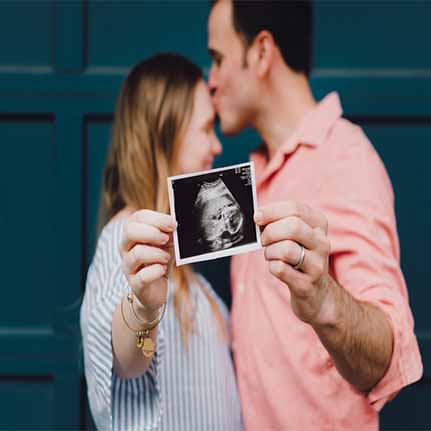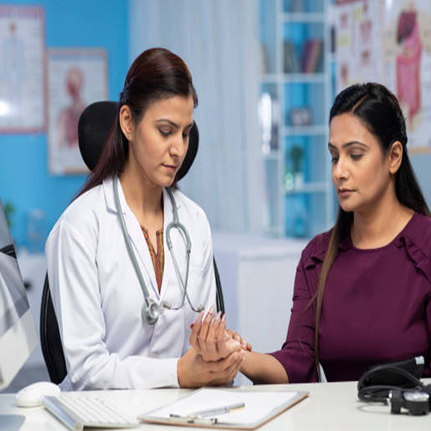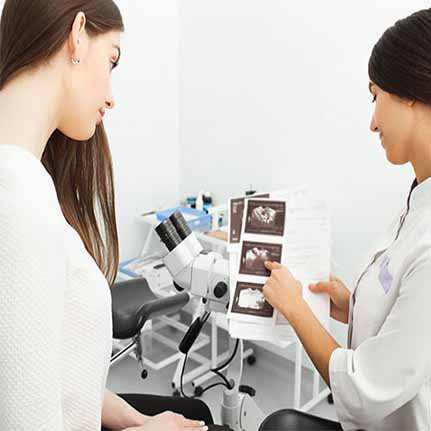Gynae
Gynaecology is the area of medicine that involves the treatment of women's diseases, especially those of the reproductive organs. It is often paired with the field of obstetrics, forming the combined area of obstetrics Gynaecology.
We treat all gynae problems with Ayurveda. There are thousands of patients who had successfully treated their gynae issues with our treatments. Dr. Prabh is helping childless couples from many years and till now successfully achieved more than 500+ pregnancies by just medication and lifestyle changes. There are many couples who are connected online and taking treatment but conceived naturally. This way she is spreading happiness among infertile and childless couples.








